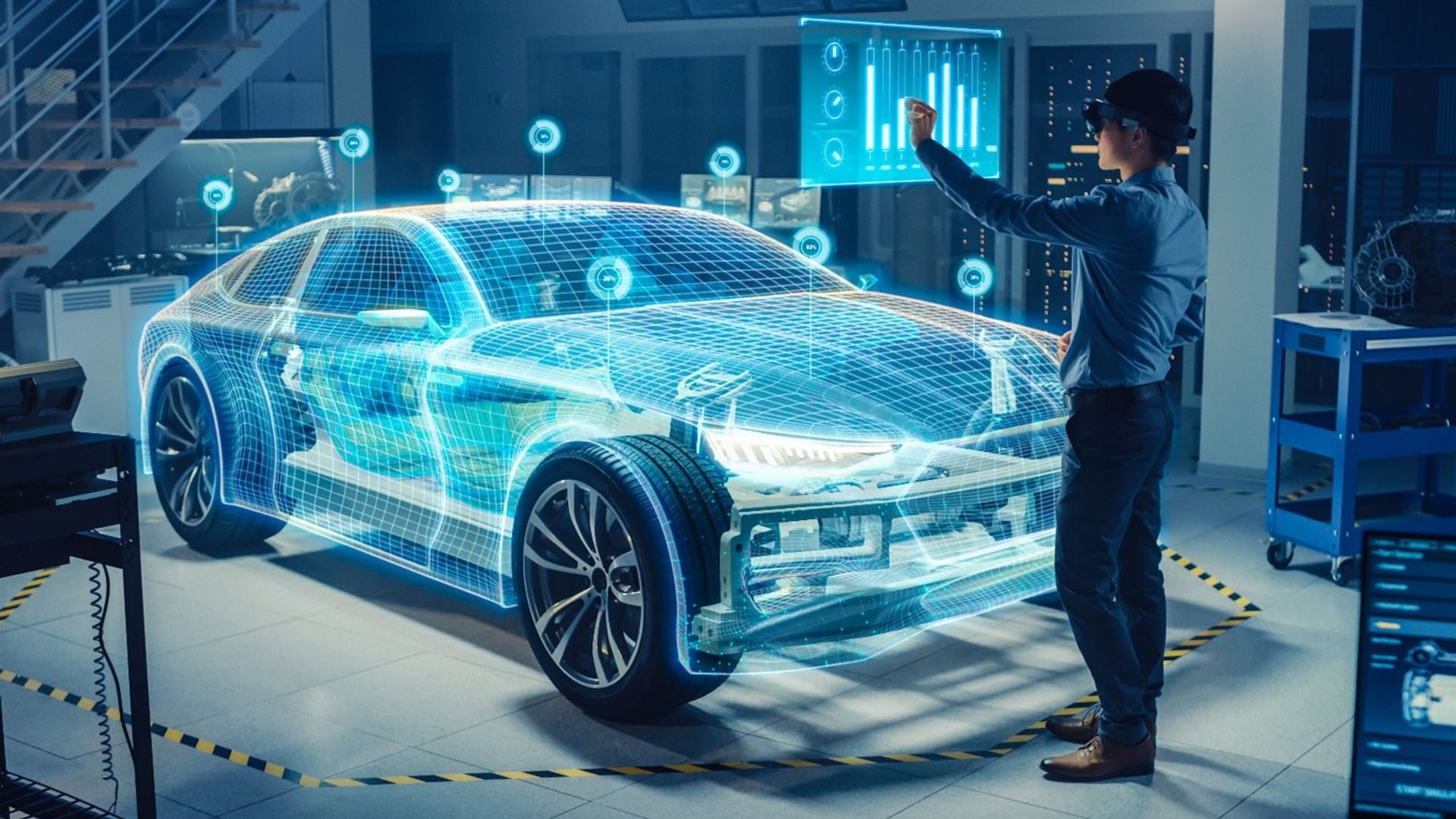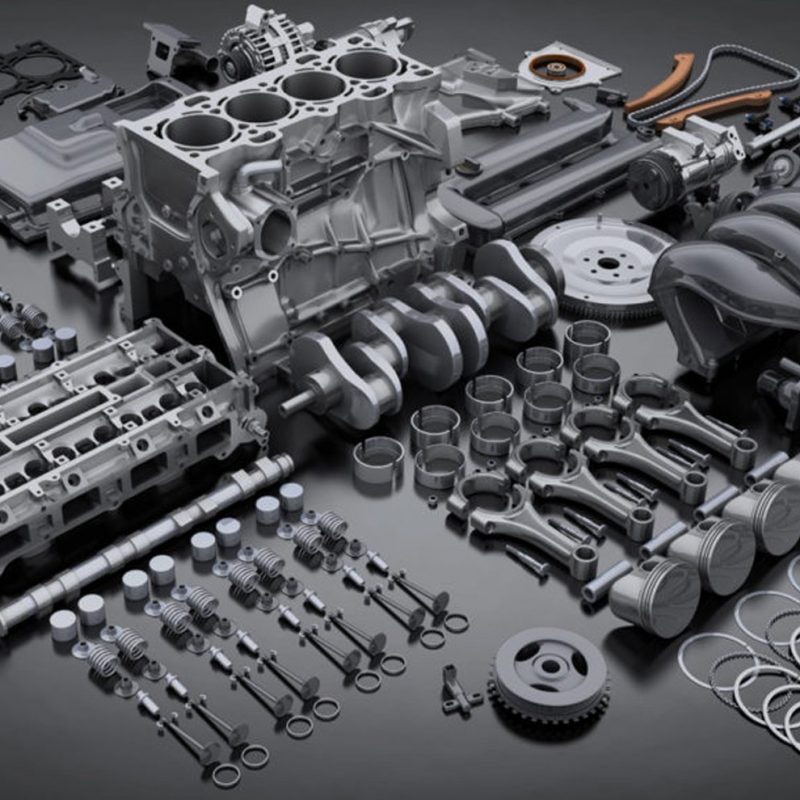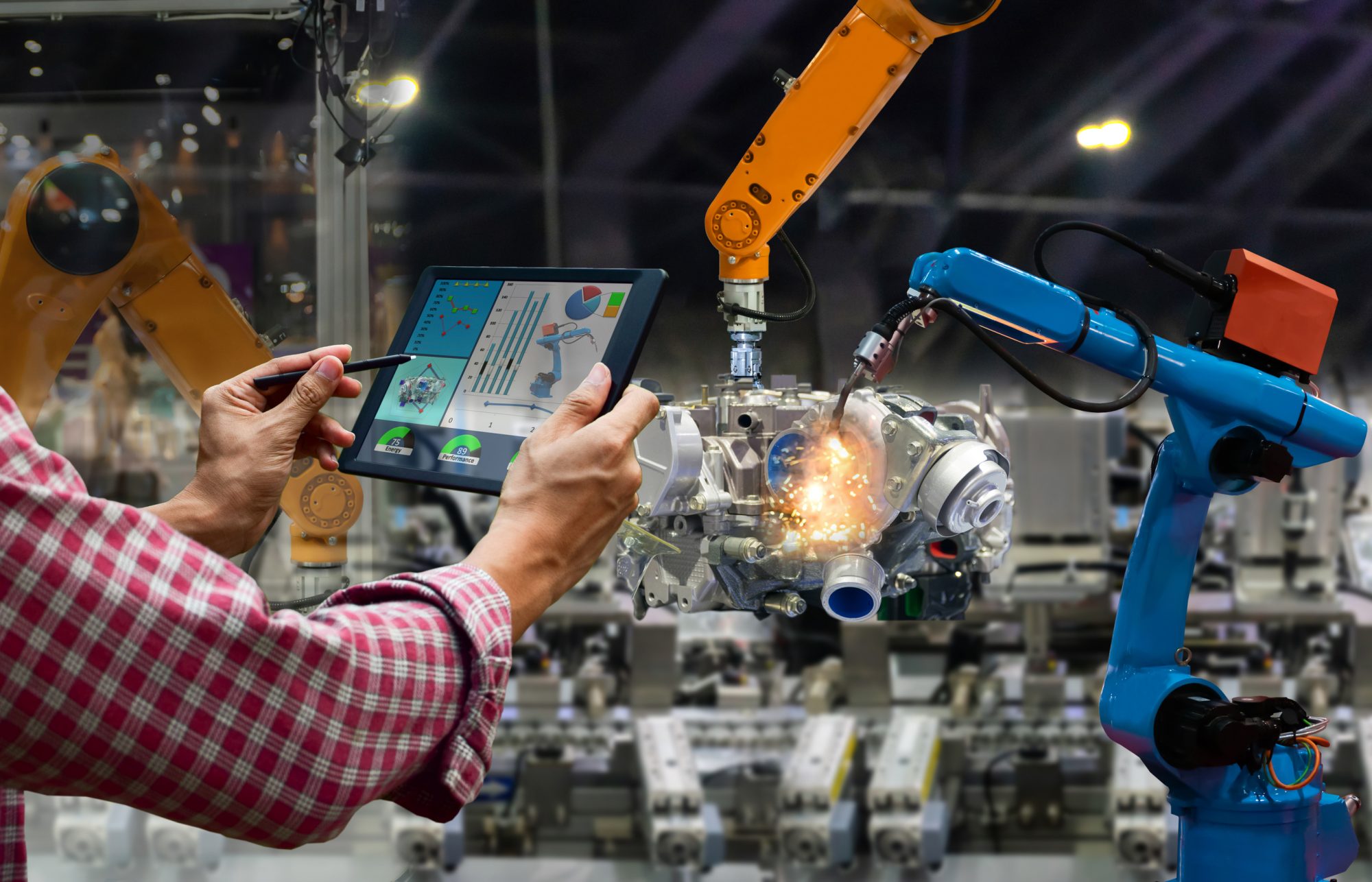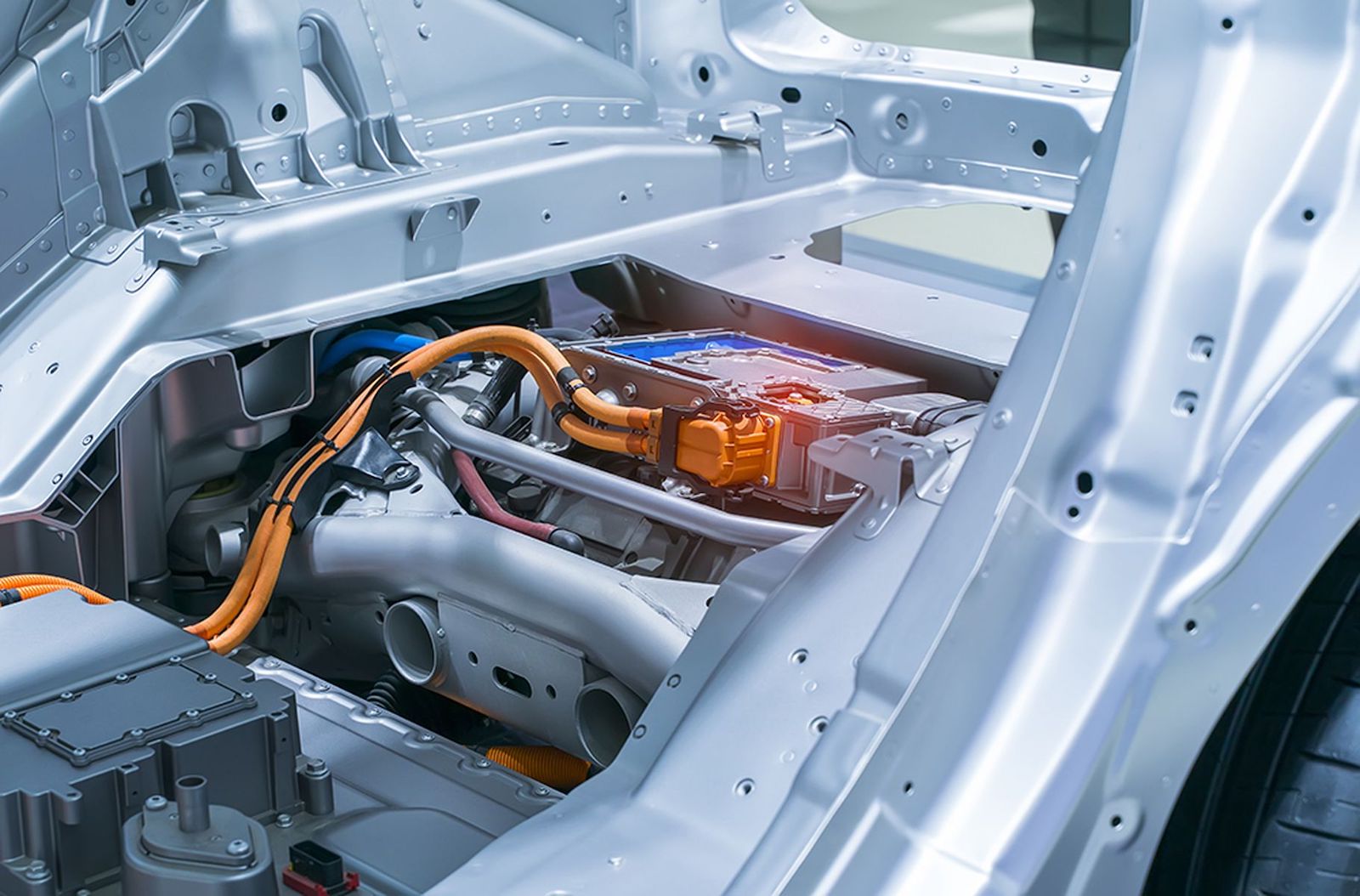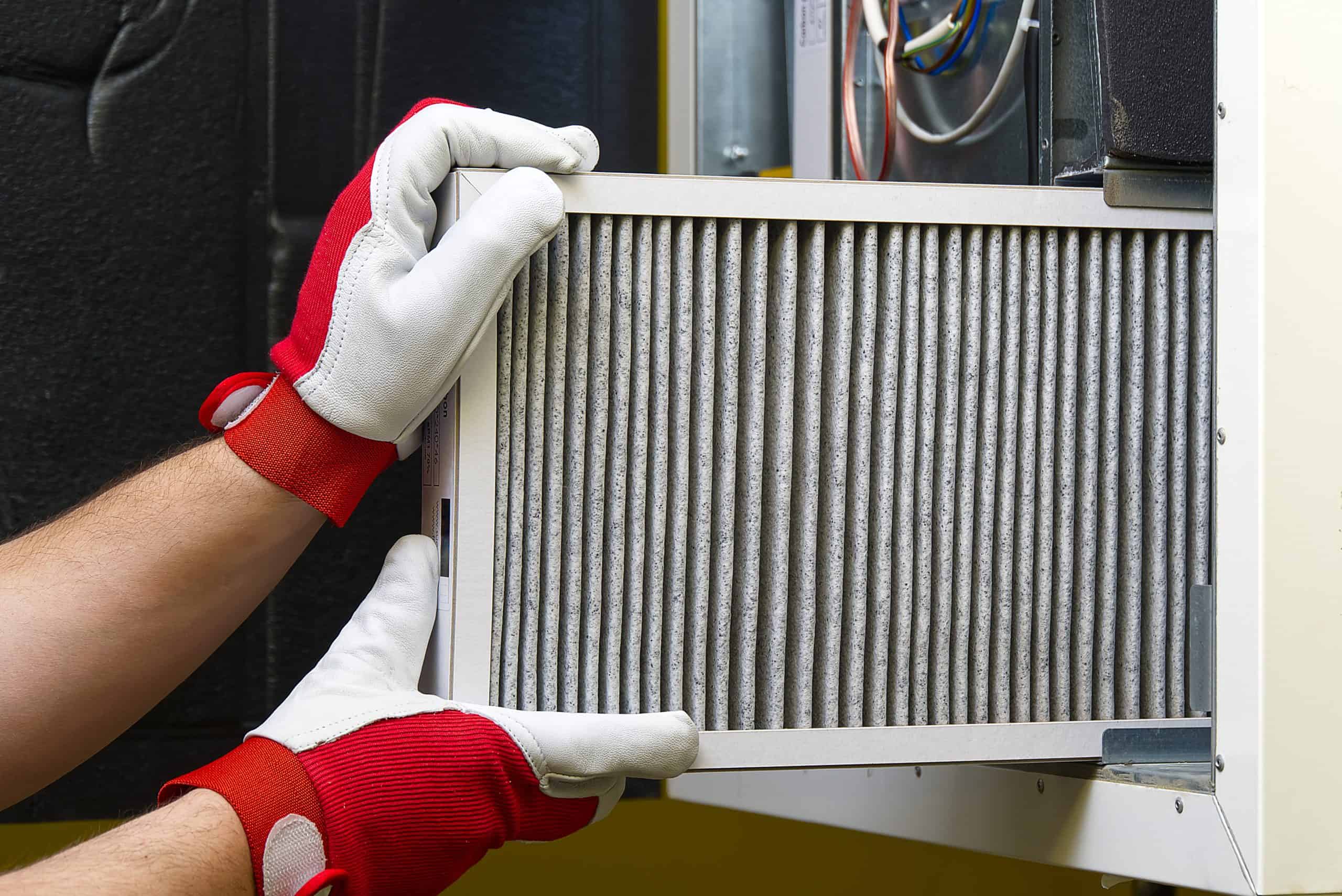The History of the Automobile: From Horse-Drawn Carriages to Self-Driving Cars
General information about the history of the automobile
The automobile, also known as a car or motor vehicle, is a means of transportation with an internal combustion engine or electric motor. The history of the automobile can be traced back to the late 18th century, when inventors began experimenting with self-propelled vehicles. However, it wasn’t until the late 19th century that the first practical automobiles were built.
Thesis statement: The automobile has come a long way since its invention, evolving from horse-drawn carriages to self-driving cars. The development of the automobile has been a long and fascinating journey, with many different inventors and innovations contributing to its evolution. From the early days of horse-drawn carriages, to the gasoline-powered internal combustion engine, to the electric car and now to self-driving cars, the automobile has undergone a significant transformation over the years. The purpose of this blog post is to explore the history of the automobile and how it has evolved over time.
Early History of the Automobile: The History of the Automobile
A. The invention of the wheel
The history of the automobile can be traced back to the invention of the wheel. The wheel was a significant development in human history, as it allowed for easier transportation of goods and people. The wheel was first invented around 3500 BCE in Mesopotamia, and it quickly spread to other civilizations.
B. Development of the steam engine
The development of the steam engine was a crucial step in the history of the automobile. The first steam-powered vehicle was built in 1672 by Ferdinand Verbiest, a Belgian Jesuit missionary in China. However, it was not a practical means of transportation. It wasn’t until the 18th century that the steam engine was developed further, with the first functional steam-powered vehicle being built by Nicolas-Joseph Cugnot in 1769.
C. The first automobiles: horse-drawn carriages
After the invention of the wheel and the development of the steam engine, the next step in the evolution of the automobile was the development of horse-drawn carriages. Horse-drawn carriages were the first practical automobiles, and they were widely used for transportation during the 18th and 19th centuries. They were powered by horses, and they were used for everything from transportation of goods to transportation of people. The invention of the horse-drawn carriage was a significant step in the evolution of the automobile as it allowed for greater mobility and faster transportation.
The Age of the Internal Combustion Engine
A. The invention of the gasoline engine
The invention of the gasoline engine marked the beginning of the age of the internal combustion engine in the history of the automobile. The first gasoline engine was built by Samuel Brown in 1823, but it wasn’t until the late 19th century that the internal combustion engine was developed further. In 1876, the first successful gasoline-powered car was built by German inventor, Nikolaus Otto. This marked the beginning of the age of the internal combustion engine in the history of the automobile.
B. The rise of the automobile industry
The invention of the gasoline engine and the development of the internal combustion engine led to the rise of the automobile industry. With the internal combustion engine, automobiles became more practical and efficient, and they quickly replaced horse-drawn carriages as the primary means of transportation. The automobile industry rapidly grew in the late 19th and early 20th centuries, with many different manufacturers producing cars. This led to an increase in car ownership and the development of a culture around the car.
C. Impact of the internal combustion engine on society
The internal combustion engine had a significant impact on society. It led to the rise of the automobile industry, which created jobs and improved transportation. Cars became more affordable and accessible, which led to an increase in car ownership and a change in the way people lived and worked. Cars allowed people to travel further and faster, which led to the development of suburbs and the growth of the tourism industry. However, the internal combustion engine also had negative impacts on society, such as pollution and the dependence on fossil fuels.
The Rise of Self-Driving Cars
A. Development of autonomous technology
The development of autonomous technology, also known as self-driving technology, is the latest step in the evolution of the automobile. The concept of self-driving cars can be traced back to the 1920s and 1930s, with early research on autonomous navigation being conducted by groups such as the U.S. military and General Motors. However, it wasn’t until the 21st century that significant progress was made in the development of autonomous technology. In the early 2000s, companies such as Google and Tesla began to heavily invest in the development of self-driving cars, and by the 2010s, several companies had begun testing autonomous cars on public roads.
B. Current state of self-driving cars
Currently, self-driving cars are still in the development and testing phase. Many companies such as Waymo, Tesla, and Cruise Automation are testing autonomous cars on public roads, and some companies such as Waymo have begun to offer limited autonomous ride-hailing services. However, fully autonomous cars are not yet available for general consumer purchase, and it is still uncertain when they will be. Some experts predict that self-driving cars will be widely available by the end of the decade, while others predict it will take several more years.
C. Future of self-driving cars
The future of self-driving cars is uncertain, but many experts believe that they have the potential to greatly impact society in a positive way. Self-driving cars have the potential to improve safety on the roads, reduce traffic congestion, and make transportation more efficient. Additionally, self-driving cars have the potential to improve accessibility for people who are unable to drive, such as the elderly and the disabled. However, the future of self-driving cars also raises concerns, such as job loss for human drivers and the potential for hacking or other security issues. As the technology and societal acceptance evolve, it will become clearer the impact of self-driving cars.
Conclusion
A. Summary of the history of the automobile
The history of the automobile is a long and fascinating journey, beginning with the invention of the wheel and the development of the steam engine, leading to the rise of horse-drawn carriages, the internal combustion engine, the electric car and now self-driving cars. Each step in the evolution of the automobile has brought new advancements and changes to society.
B. Reflection on the impact of the automobile on society
The automobile has had a significant impact on society, both positive and negative. It has improved transportation, making it faster and more efficient, and it has led to the creation of jobs and the development of a culture around the car. However, it has also had negative impacts, such as pollution and dependence on fossil fuels. The impact of the automobile on society has been profound and continues to shape the way we live and work.
C. Final thoughts on the future of the automobile
The future of the automobile is uncertain, but the development of self-driving cars has the potential to greatly impact society in a positive way. Self-driving cars have the potential to improve safety on the roads, reduce traffic congestion, and make transportation more efficient. However, the future of self-driving cars also raises concerns, such as job loss for human drivers and the potential for hacking or other security issues. As the technology and societal acceptance evolve, it will become clearer the impact of self-driving cars. Overall, the history of the automobile has been a journey of constant innovation and evolution, and it will be interesting to see what the future holds for the automobile industry.



